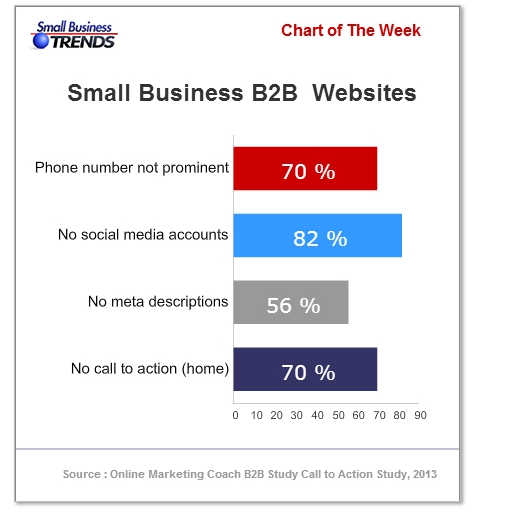
The first three parts of our seven-part series on Lifecycle Marketing were all about finding prospects and introducing yourself. Now it’s time to sell.
Lifecycle Marketing is a process, with the goal of increasing your actual business. Once you’ve created the magnets that attract prospects, convinced them to give you their contact information and nurtured them by giving them useful content, convincing them to buy your products or services is the next step. After all, your marketing strategies are incomplete until they create customers or clients.
Your website is the right tool for this job and providing powerful marketing content is the method.
Wherever your prospects find you, from Facebook and Pinterest to your information-packed blogs, moving them to your website and its shopping cart system or client information should be your constant goal. On your website, powerfully-targeted and professionally-created marketing content can work its magic to convert prospects into active customers.
Closing In – and Closing
What makes your website sell? There are some fundamental elements of website marketing content. You must:
- Demonstrate knowledge of visitors’ issues – All content on your website should focus on visitors’ needs, with your business as the logical solution. Address their issues and pain points right away by showing that you understand them. On every page of your site, talk about your audience’s needs first, and about yourself second. Demonstrate understanding of their problems, and then show them why you’re their best choice for a solution.
- Lead visitors to information they need – Use your website’s navigation plus internal links in content to lead potential customers to information about products and services. Never obscure critical content or make visitors play hide-and-seek to find answers. Provide multiple link pathways throughout the site to accommodate a range of browsing styles. Be sure to make information on customer service, shipping and other details readily available, too.
- Provide concise, complete information – Website space and visitors’ attention spans are limited, so make every word count. From product descriptions to details about your services, make your content tell the story quickly, but fully. Here’s where professional content writers earn their pay. Don’t rely on copying manufacturer’s descriptions. Google sees that and may lower your search results ranking. Your marketing content should make you want to become a customer.
- Build social confidence – Include testimonials and links to your social media venues and consumer review sites where positive feedback can be found. Building confidence is a crucial step in the marketing process. Let current customers help sell prospects.
- Ask visitors to buy now – Calls to action are fundamental. Every page on your site should include a request for visitors to act — and provide instant ways to do so. Whether it’s adding a product to their cart or contacting you for a consultation, never miss an opportunity. Conversion can happen at any time, so always be ready to accept new business. Use incentives like free shipping or promotional codes from your previous informational emails to stimulate action, too. 70% of small business b2b websites lack a call to action. Aim for being in the 30% that do and it will make all the difference!

Sales Conversion is the Goal – Website Content is the Solution
Every visitor to your website is looking for something, either products or the services you offer, because everyone in your audience has problems and is looking for solutions. Your website’s content must recognize those needs and show prospects your solutions. Once you do that, ask them for their business, and make it easy for them to comply. This is a formula that works.
Next step: Deliver and Satisfy.

